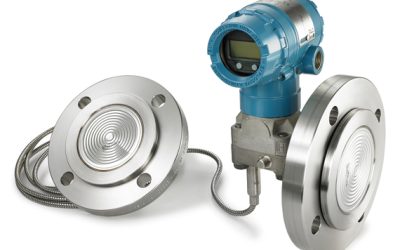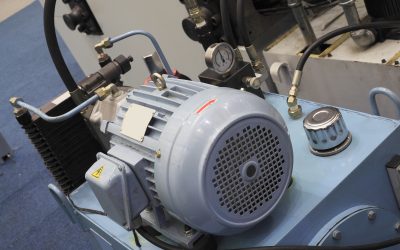There are many good reasons to choose the quality of waukesha valves for sanitary and industrial processing equipment. There are many different types of valves offered by the company, including automated valves, check, ball and butterfly valves, flow diversion valves as well as compression, relief, and mix proof options.
Each of the different valves will require slightly different maintenance requirements. By keeping to the recommended Waukesha maintenance schedule, it is possible to maximize the life of the valve and also ensure correct and efficient functioning.
Factors Impacting the Schedule
There can be several different factors that will impact the maintenance schedule of any Waukesha valves. Factors can include the pressure the system is operated under, the temperature and temperature variations both within the system and in the environment, as well as the flow rate through the system. Of course, the duration of operation over a 24-hour period will also have an impact as there is more use of the valves when the system is in continual use compared to systems used only for specific time periods throughout the day.
What to Inspect
One important task to complete on a regular basis is a visual inspection of the essential components. This doesn’t have to be completed daily, but it should be done regularly based on the factors discussed above.
The inspection of any Waukesha valves should include looking for air leaks, checking the valve body and all seals, seats, and o-rings. All of the pneumatic connections should also be inspected as should all electrical connections.
The one regular maintenance requirements will be to clean the air filter frequently. The need for cleaning will be determined by the conditions of use, including how quickly the filter becomes obstructed by dust and airborne materials. Most of the valves can be easily cleaned in place using chemical cleaners recommended for use in specific applications.








